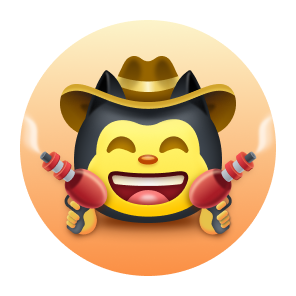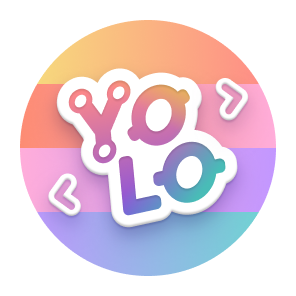I'm a front-end–oriented full-stack engineer who builds accessible, fast, and pragmatic web applications.
Currently, I lead the UI architecture at arqu, where I’ve helped shape a more scalable and maintainable frontend by modernizing legacy Vue code into a clean, idiomatic Vue 3 application using Pinia, TypeScript, and custom-designed component systems. I regularly collaborate with stakeholders across product, operations, and design to ensure our solutions not only meet technical standards but also align with user needs and business goals.
🔗 LinkedIn •
- Frontend: Vue 3, SvelteKit, React, TypeScript, Tailwind, shadcn-vue/svelte
- Backend: Python (Django, FastAPI), Node.js/Express, PostgreSQL, Drizzle ORM
- Tooling: Vitest, Cypress, GitHub Actions, ESLint/Prettier, Docker
- Auth: Lucia, JWT, OAuth2 (custom + third-party)
- Personal projects using SvelteKit, Lucia auth, and PostgreSQL
- UI utility libraries and reusable design systems
- Building internal tooling that bridges actuarial modeling with modern UX
Want the full story? Read more about my journey →





